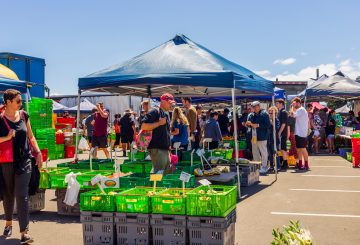New Zealand’s chamber of commerce in Korea, New Zealand Trade and Enterprise, Korea New Zealand Business Council, the Seoul Metropolitan Government and Invest Seoul Center jointly held the two-day “New Zealand-Korea Tech Roadshow 2021” webinar Wednesday.
Tech Roadshow 2021’s agenda is “People & Environment” focusing on innovative technologies overcoming COVID-19 and the climate crisis.
The roadshow covered the investment environment, policies and market entry opportunities of participating countries, while companies with innovative technologies shared insights and experiences.
New Zealand Ambassador to Korea Philip Turner laid emphasis on collaboration between New Zealand and Korean technology in his opening remarks.
Turner said the tech roadshow demonstrates the importance of technology for the successful future of New Zealand and Korea, and that the previous two events facilitated the successful collaboration between numerous companies.
According to Turner, New Zealand’s technology industry accounted for 8 percent of its gross domestic product in 2020, an increase of 11.4 percent year-on-year, with exports of approximately $8.5 billion.
“New Zealand technology industry will grow further through cooperation with Korean companies that are known for having world-class technology,” he added.
Seoul Mayor Oh Se-hoon stressed the corporate ties between Korea and New Zealand.
In his speech, Oh said that Korea and New Zealand’s tech industries will be able to build ties and share their knowledge behind excellent investment environments and startup ecosystems through this opportunity.
Oh expressed hope that the roadshow will serve as a steppingstone for tech companies in both Seoul and New Zealand to expand worldwide.
According to New Zealand Trade and Enterprise, Korea’s food self-sufficiency rate is about 46 percent due to the aging of farm workers and the work being unattractive to younger people. However, New Zealand‘s leading agricultural technology solutions, such as vertical farm technology, farm management through precise data analysis and automation facilities using robotic systems, can maximize agricultural productivity and improve agricultural product quality.
“New Zealand has extensive farmland and vast ranches, making it an ideal test bed for Korean AgTech companies to apply and verify new technologies,” New Zealand Trade and Enterprise said.
New Zealand and Korea have already built a strong cooperative relationship in the fields of autonomous vehicles, regenerative medicine, robotics and Antarctic research, and hoped to actively engage in business exchanges with the Seoul Metropolitan Government seeking out investment and market entry opportunities.
























































-helped-regain-her-strength-and-balance-using-Nymbl-after-a-fall.-660x440.jpg)


